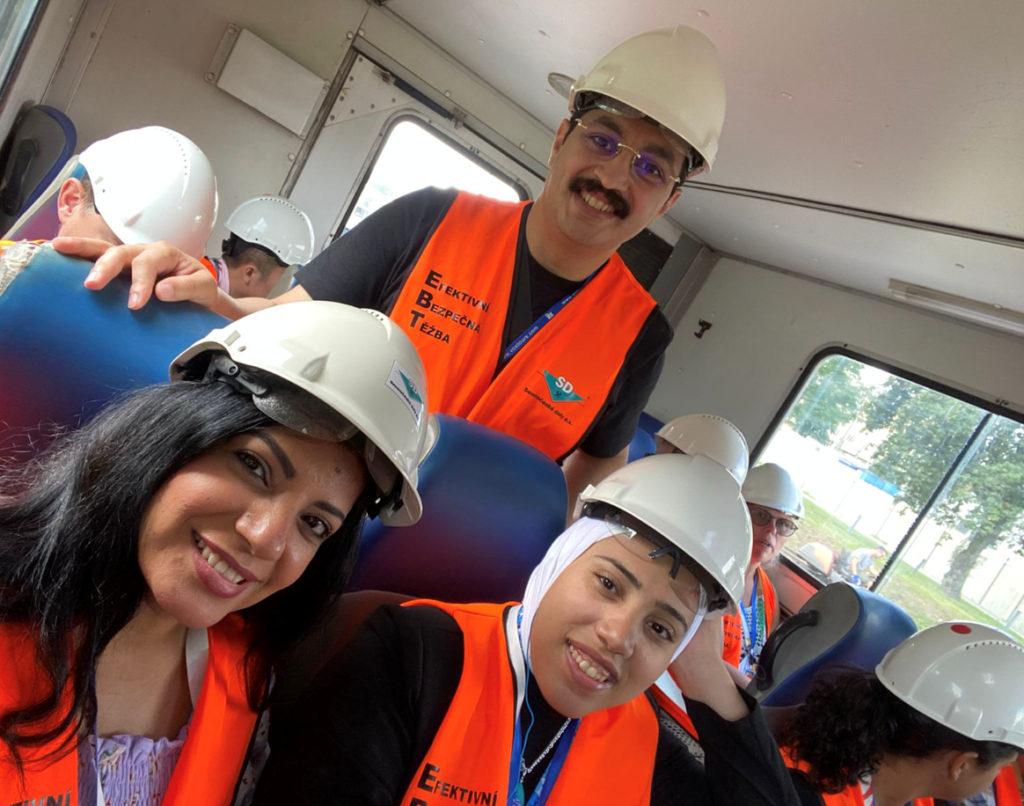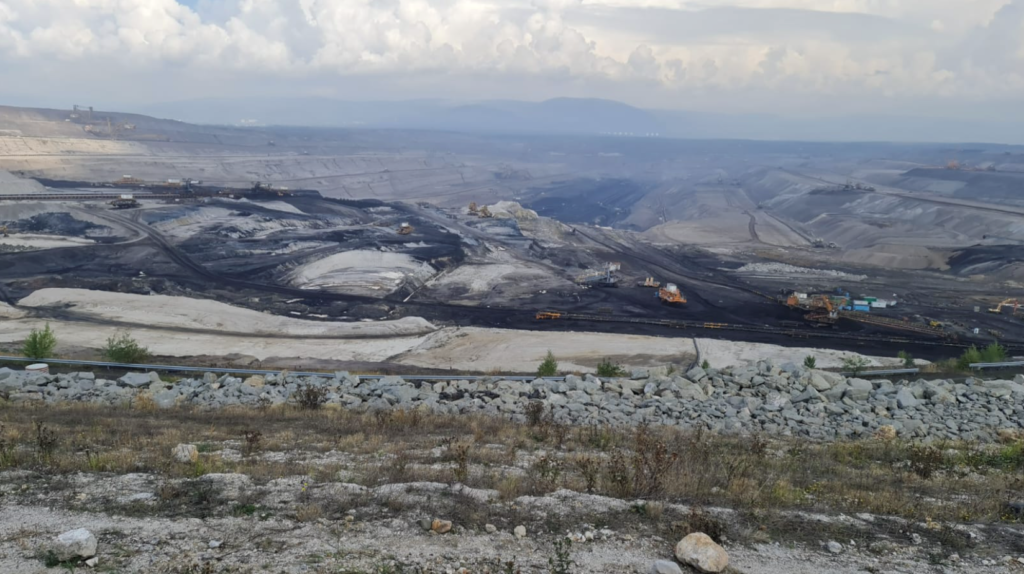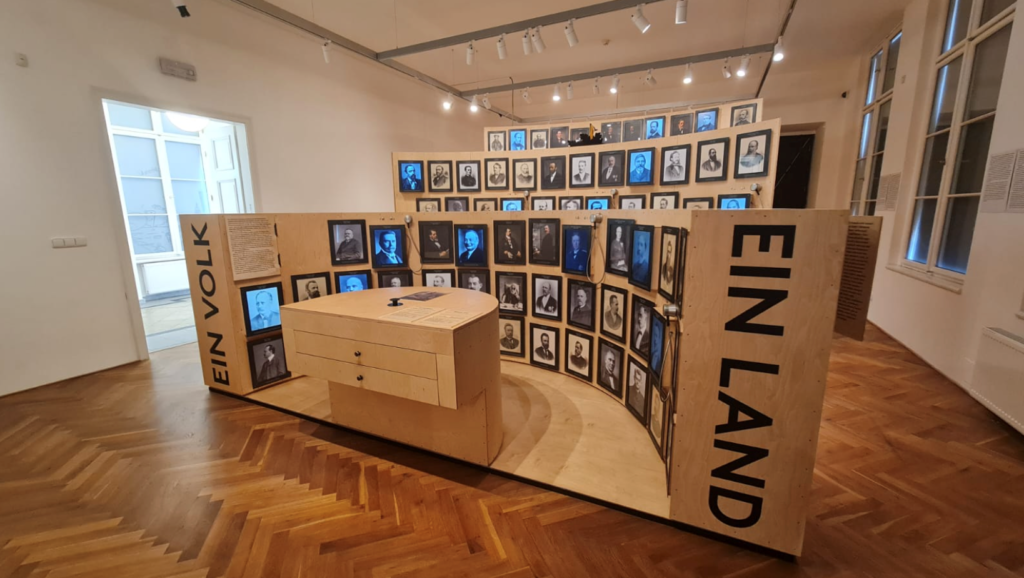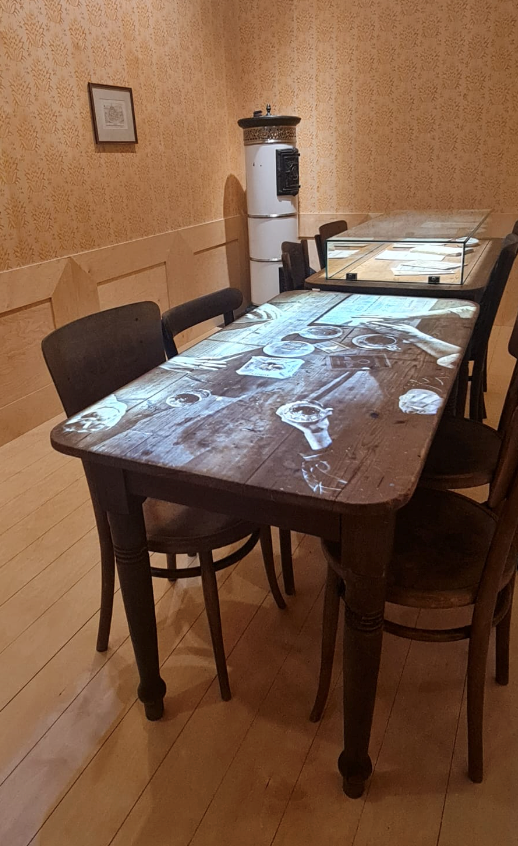ICOM Prague 2022: Day trip to Czech Republic mining regions (Wesam Mohamed, Egypt, ITP 2015)
This week we are sharing the blogs and reports written by ITP fellows who attended the 2022 ICOM General Conference in Prague. We were very happy to support fellows in attending the conference through ITP Conference Grants. The second blog of the week is from Wesam Mohamed (Egypt, ITP 2015), who has written about one of the conference’s organised day trips around the Czech Republic. Wesam’s full report on her ICOM Prague experience can be read in her report below.
Wesam’s ITP Conference Grant Report.
Written by Wesam Mohamed, PhD Fellow at Aarhus University, Denmark – and Curator, Egyptian Ministry of Tourism and Antiquities (Egypt, ITP 2015)
Last August, I had the chance to attend the ICOM General Conference in the city of Prague. This conference takes place once every three years and it’s a great event which gathers thousands of museum specialists.
Usually, excursions are planned well ahead of time and chosen by every ICOM member to spend a day exploring regions in the country which hosts the conference. On the 26 of August 2022, I joined a day trip exploring the UNESCO-listed mining region of the Ore Mountains and museums in Ústí and Most. One region stretching over Czech Republic and Germany hosts mining activities and technologies, mountain sciences, and processing of a wide variety of ores from the 12th century until today.
The Ore Mountains Mining Region is one of the latest Czech additions to UNESCO’s World Heritage Lists. The transboundary UNESCO World Heritage Site Erzgebirge/Krušnohoří Mining region comprises 22 component parts: 17 on the Saxon and 5 on the Czech side of the Ore Mountains. According to the UNESCO, this mining area holds significant technical and scientific innovations which were developed in the region and influenced the development of mining regions all over the world.

With my colleagues Samar Said and Tarek El-Helaly
We arrived to the city of Most and started our visit by exploring Bílina Mine, focusing primarily on extraction, treatment, and deliveries of brown coal. The mine size is approximately 44km, producing million tons of coal annually. Working at the Mining Mountains, stakeholders realised that the use of natural resources in this way will lead to unpleasant consequences; especially regarding the natural and cultural landscapes. Therefore, a plan was created to revitalise old mines and to turn them into large lakes and green landscapes.

Bílina Mine
The Regional Museum and Gallery in Most has three major landscape units regarding geomorphological views – The Ore Mountains, the western part of the Czech Central Mountains and Most Basin/valley. Through the visit, we could learn about the Geological past of town Most, Mineralogy of the Ore Mountain area, and the nature of northwestern Bohemia. The museum played vital role in registering the region in the UNESCO’s List of World Heritage Sites as well as in the revitalisation plan of no longer working mines by coordinating expert meetings and promoting the project within conferences and workshops.

The Regional Museum and Gallery in Most
We moved later to visit the Municipal Museum of Ústí nad Labem to explore the tense historical relationship between local Czech and German citizens. The museum administers approximately 200,000 filing numbers of museum collection items and their files. The collections include a natural science collection from the 19th century including thousands of geological specimens of minerals, rocks, and paleontological records, and zoological collections. The historical collections contain thousands of photographs, negatives, and postcards, in addition to military collections and industrial collections.

The Municipal Museum of Ústí nad Labem

Finally, we visited Lake Milada to see one example of a completed project following the revitalisation strategy. Lake Milada was once a place of huge mining activities but now it is a water reservoir with a surface of over 250 hectares and beautiful landscapes. Today, bird species are nesting in the area again and various fish species living in the water.

It was a great day trip, learning how museums can cooperate to revitalise the surrounding area and to help preserve natural resources. Having in mind the current debates about climate change and the role of museums in rescuing our planet, this visit held excellent real-life examples and measurable outcomes.
